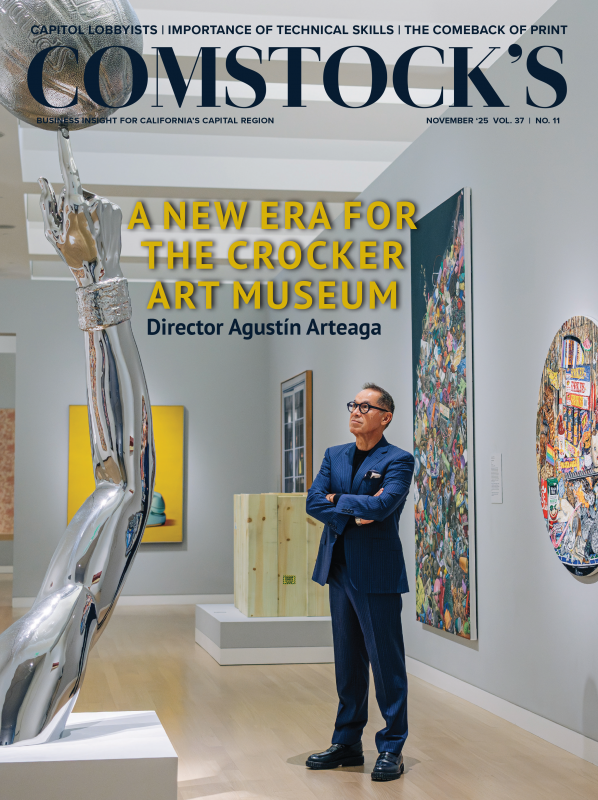Rebekah Christensen needed a backup plan. The year was 2001, and she had just sold her home in Sacramento’s Fab Forties neighborhood to move in with the love of her life. It was a major leap, and despite her optimism, she worried about her fate if things didn’t work out.
As if on cue, her daughter spotted a diminutive Victorian shotgun house in Midtown Sacramento’s Boulevard Park neighborhood. Christensen remembers the phone call: “She said ‘Mom, I found this tiny house, and it looks like you could pick up the roof and move the people around in it.’ There was nothing else on the market like it. I immediately snapped it up.”
Shotgun houses, found mainly in the southern U.S. since the early 1800s, are typically one room wide, with rooms lined up from front to back. The term “shotgun” reflects the idea that a bullet could travel through the front and out the back door without hitting anything. These homes played a vital role in early Black communities, often housing freed slaves and immigrants. Over time, they’ve become prized for their historical and cultural value.
Drawn by the heart to purchase the unique home in 2001, Keith and
Rebekah Christensen’s extensive renovations have restored it to
its former (albeit compact) glory.

By the time Christensen bought it, Little House was nearly uninhabitable. “God-awful,” she says. The floors were rotted, the siding deteriorated, and there was no heat or AC. Although Christensen’s now-husband Keith was initially taken aback by the backup plan, the home soon became a labor of love. Keith threw himself into its restoration.
During the multi-year first phase, he meticulously removed decades of paint layers from original wood tongue-and-groove walls and ceilings, sanded floors and peeled away six layers of linoleum to reveal pristine hardwood. Now structurally fortified, its owners say the house could endure for another century.
“My husband is self-taught as far as restoration, but I believe it is one of his true purposes in life,” Christensen reveals. “He only does things with excellence. That’s a core value. … He’s that way in our marriage, too.”
The second restoration phase wrapped up in the past three years, with over $100,000 invested in cosmetic upgrades. Christensen approached the design with deep respect for the home’s history while ensuring modern livability. The kitchen and bathroom were remodeled to a luxurious standard befitting a much larger house “She is a stately miniature Victorian. I love every single room,” says its owner.
The furnishings, many inherited from Keith’s mother, suit the simple Victorian architecture. Art fills the home, including works by their grandson Vincent Patella, a fine arts major who studied in Italy. He also painted one of the exterior courtyard murals, perfectly framed by the living room window. Stained glass from Custom Glassworks by Mickey adds even more charm. The finished house has been featured in a Preservation Sacramento tour and a Sacramento Bee article.
The dining room highlights a shared family legacy. Stained glass
by Mickey Abbey hangs above an antique tea cart handmade by
Rebekah Christensen’s grandfather. Rebekah herself painted the
chandelier, once owned by Keith Christensen’s mother, to echo the
colors in the East Asian-inspired wallpaper. Framed art features
Rebekah’s great-grandmother’s shawl and fan.
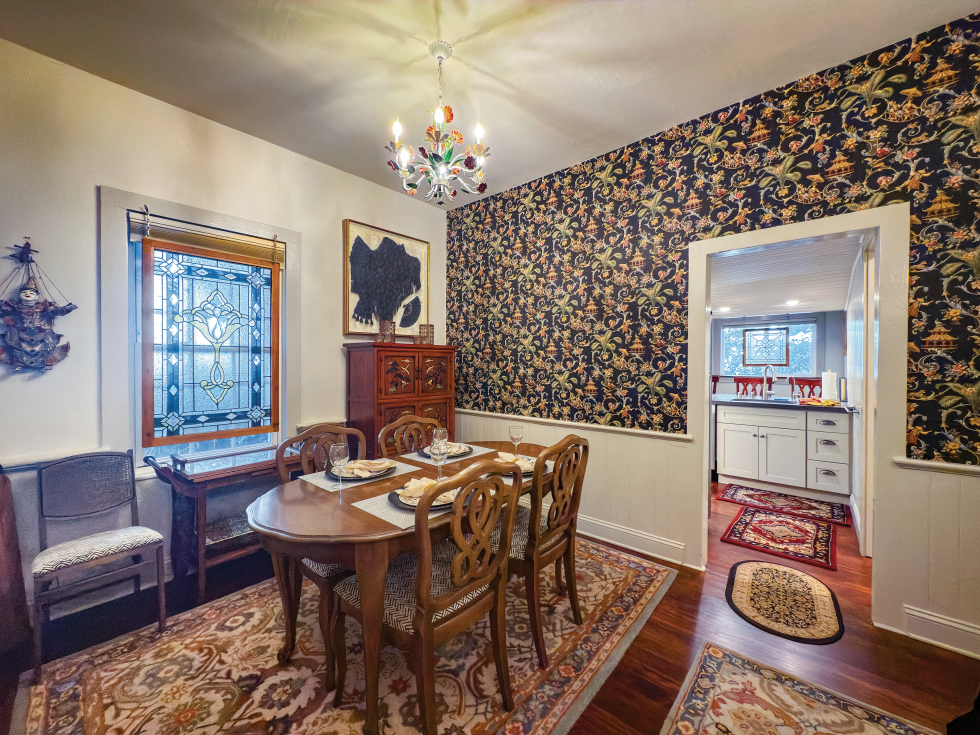
Despite its small footprint, the house feels surprisingly open. Organization and ample storage are key. The living room comfortably seats six, and the kitchen’s quartz counters allow two cooks to work side-by-side. There’s a tidy laundry area and a spacious pantry closet. “For me, when I come into this home I just want to exhale. It’s a wonderful place for one or two people,” says Christensen.
Over the years, Little House has served several roles for the Christensens. It was once headquarters for their nonprofit Association of Acupuncture and Oriental Medicine. Since 2018, it’s been rented — fully furnished — to those drawn to its tranquil vibe. “I believe the house picks who it wants,” says Christensen. “I believe that because the house was restored with such love, it has a quality of nurture to it that just kind of embraces you. It attracts people who are seeking nurture in their life.”
Today, the couple have renamed it “Little House of Innovation” to reflect their work with their nonprofit, One World Institute. In partnership with CalHR and the DMV, they’re currently providing training to state employees to help unlock human potential and foster innovation.
Period-correct Victorian furniture graces the living room that
once served as a bedroom when two families lived in the home in
the early 20th century.
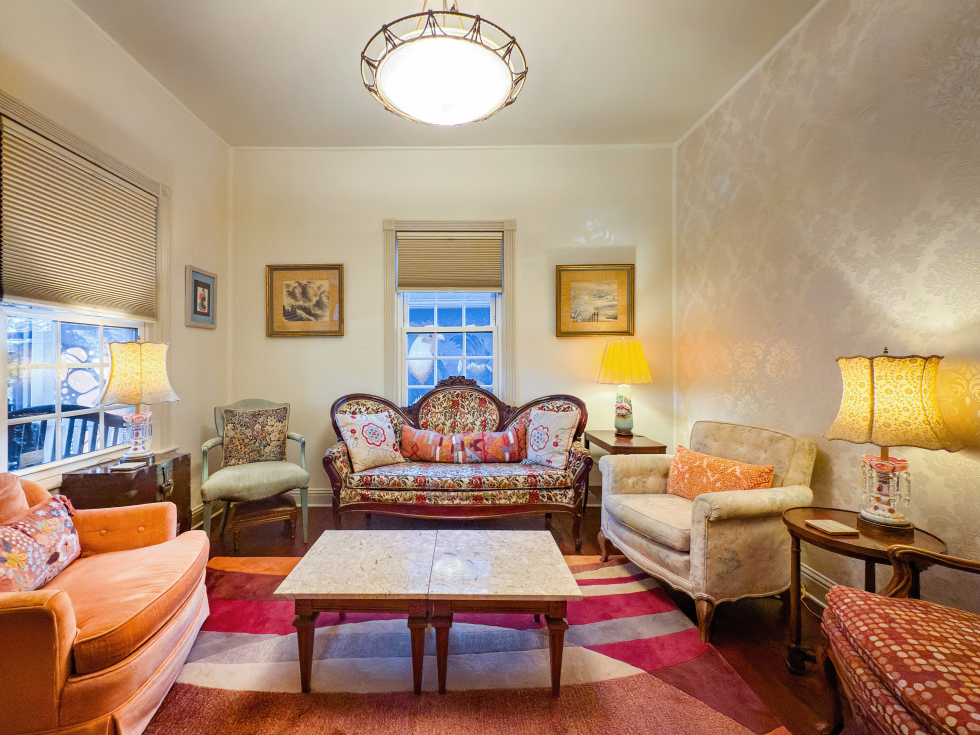
The home Christensen bought as a fallback has become a powerful symbol of love and perseverance. Now married for 22 years, she reflects: “My husband restored the house for me with such love, skill and patience. … I would probably live here if he should leave this earth first, and I feel that he created this environment for me. It demonstrates the essence of who he is on Earth. … Maybe that’s why I love it so.”
–
Stay up to date on business in the Capital Region: Subscribe to the Comstock’s newsletter today.
Recommended For You

This Architectural Treasure in Nevada County Was Nearly Lost to Time
Now volunteers are restoring it to its former glory — and sharing its pioneering history with the world
North Star House, designed by renowned 20th-century architect Julia Morgan and owned by North Star Historic Conservancy, has undergone a painstaking transformation.

The California Modernist Dream Is Alive in Sacramento’s Newest Historic District
Step inside an emblematic Midcentury home in South Land Park, designed with a social conscience
The interior retains many of its original “Eichler” features, including pristine globe light fixtures and mahogany-paneled walls.
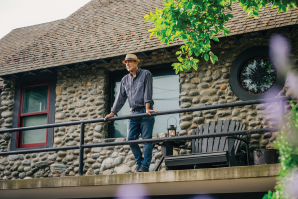
This Fanciful Retreat Turns Heads With Soundscapes and Water Features
Visionary voice actor transformed a derelict bungalow into his own ‘happiest place on earth’
Du Bose, a voice actor, lived in L.A. for 25 years before growing weary of the scene. In 2015 he resettled in his hometown of Fair Oaks while continuing to work in the industry. To decompress from a stressful job, Du Bose threw himself into transforming his yard and home into a showstopper. “I wanted to make it feel like I was on vacation,” he says.
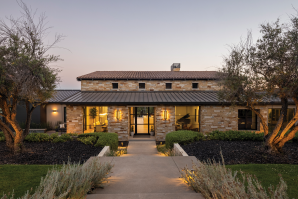
Architect’s NorCal ‘Dream Home’ Embraces the Mediterranean Climate
The high-tech house in the hills is a playground for entertaining, car collecting and relaxation
“It’s a pretty spectacular home that emulates the juxtaposition of modern and traditional design in a Northern California style,” Brian Whitmore describes his house located in the Sierra de Montserrat development in Loomis.




